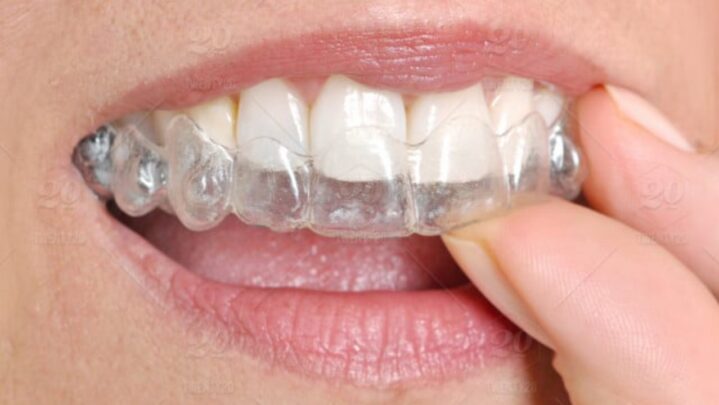Conventional braces are used to move teeth into their right position, but dental clear aligners add a new dimension. The aligners use a progressive power to compel movement and function without the use of metal wires or braces. The clear aligners are a plastic substance that fits individuals’ teeth perfectly.
Aligners are one of many items used by dentists to rearrange teeth and straighten jaws to build a healthy, wonderful smile. They are one of several technological breakthroughs that have made cosmetic dentistry less obvious.
Let read some pros and cons of Orthodontic treatment with clear aligners
Pros
1) Teeth straightening in shorter amount of time
Clear aligners can correct your teeth in half the time it takes with metal braces. Traditional braces like metal braces require 12 to 24 months for the majority of people. Clear aligners can align your teeth in as little as 6 to 12 months.
2) Less appointments to the orthodontist
Regular aligners use a set of aligners to start shifting your teeth into their proper locations. For around two weeks, each aligner tray is maintained and then a new set of tray is provided. As a result, you’ll only need to see your orthodontist once every four to six weeks, on average.
Cons
3) Brushing and flossing your teeth will become more important.
Any fluid can soak into the aligners during consumption and remain there, in touch with the teeth, until the aligners are withdrawn. This can decolorize the aligner and enamel, and cavities can develop. If you eat anything sweet or acidic, rinse your mouth completely before placing your aligners again.
4) Teeth that are very uneven or damaged are not advised to wear aligners
Invisible aligner braces are not suitable for many dental problems. Clear aligners will not help you if you need to shift your teeth upwards or twist specific teeth into position. It cannot help your jaw to straighten or treat your overbite/underbite
Also Read: Factors That Increase Risk of Hearing Loss





